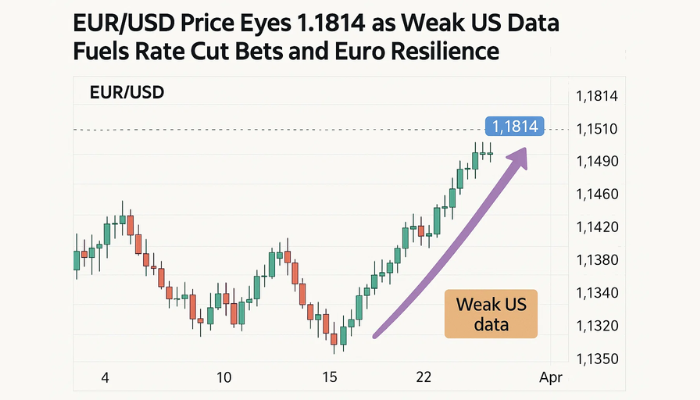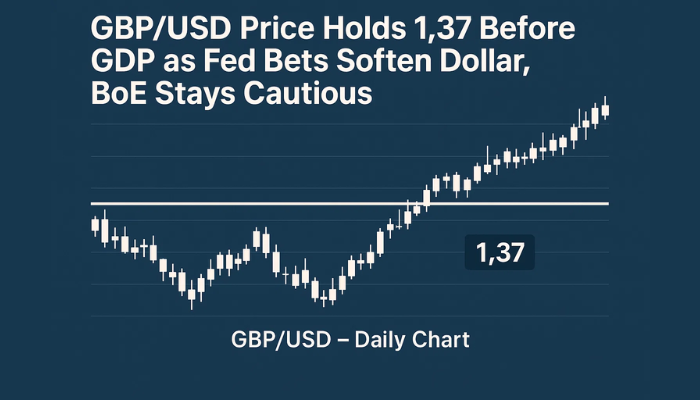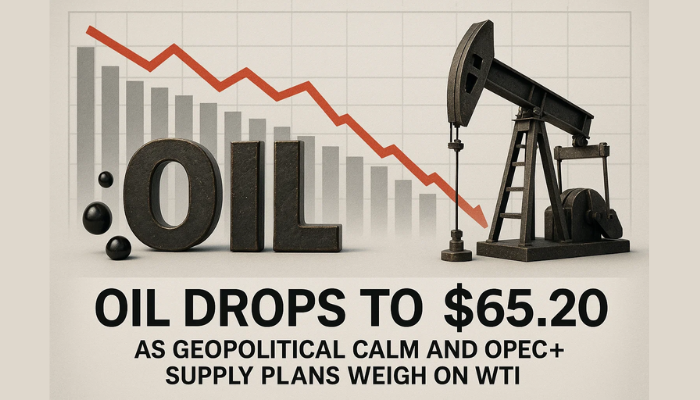Oil Stocks Rise As Seasonality Kicks In
October is historically one of the weakest months for consumer demand of refined oil products, specifically gasoline.

Earlier, the weekly crude oil inventories cycle drew to a close with the release of the EIA stocks report. Supply numbers outperformed projections yet again, with lagging demand due to seasonality beginning to impact global oil markets. The result has been heavy trading action, with over 400,000 contracts changing hands in December WTI alone.
Seasonality Drives Supplies Higher
October is historically one of the weakest months for consumer demand of refined products, specifically gasoline. Gone is the summer driving season and increased holiday air travel has not yet kicked in. These two seasonal factors showed up in this week’s inventories numbers:
Event Actual Projections Previous
API Crude Oil Stocks 9.88M NA -2.10M
EIA Crude Oil Stocks 6.35M 3.69M 6.49M
On a geopolitical note, the unfolding saga surrounding missing journalist Jamal Khashoggi is ongoing but the media buzz has died down a bit. Saudi Arabia has upped output considerably in the aftermath, pledging to make up for any shortfalls stemming from U.S. sanctions on Iran. These factors, as well as the seasonality of crude oil demand, have driven December WTI pricing to the $67.00 area.
Overview
The global oil markets are in a state of flux as we drive toward the finish line of 2018. Prices of WTI are off more than 10% from the $75+ highs of early October. Is crude pricing poised to test the $60.00 and $50.00 levels in the coming winter months?
Calling this market in the long-term is a difficult proposition. Given the recent strife facing equities, a negative 18-month economic outlook from the U.S. FED, and potential political upheaval in the U.S. Midterm Elections, anything is possible.
However, the fact remains that supply is growing and Saudi Arabia is willing to boost output. Given these two elementary factors, a perception of energy abundance for the intermediate-term is not far-fetched. In the event that we begin to see the U.S. economy cool down, and aggressive policy enacted by the FED, a dip in WTI pricing through Q1 2019 will become highly likely.
- Check out our free forex signals
- Follow the top economic events on FX Leaders economic calendar
- Trade better, discover more Forex Trading Strategies
- Open a FREE Trading Account


